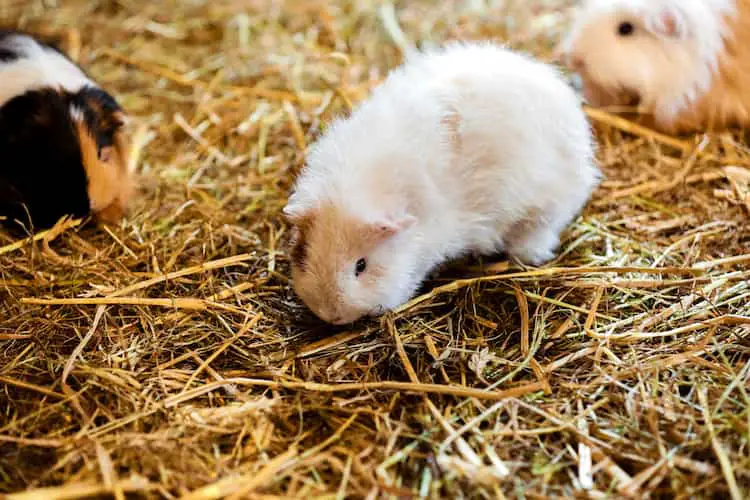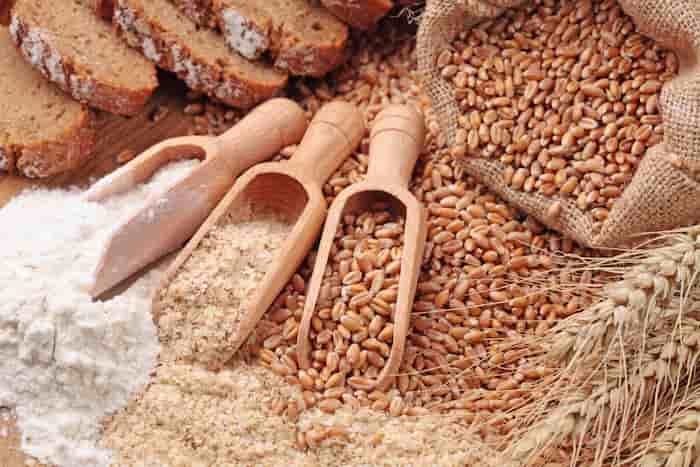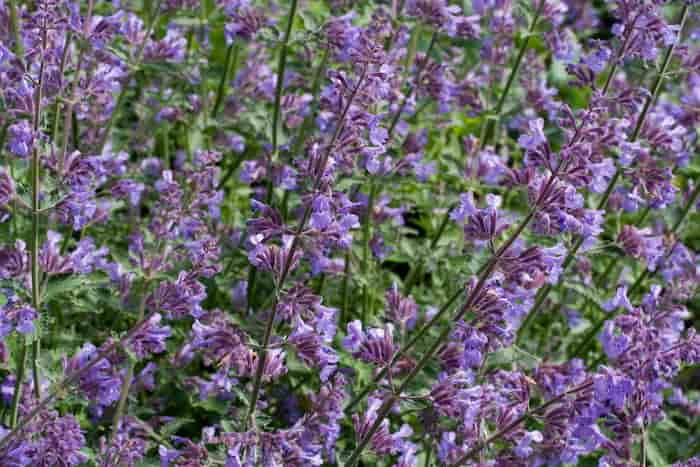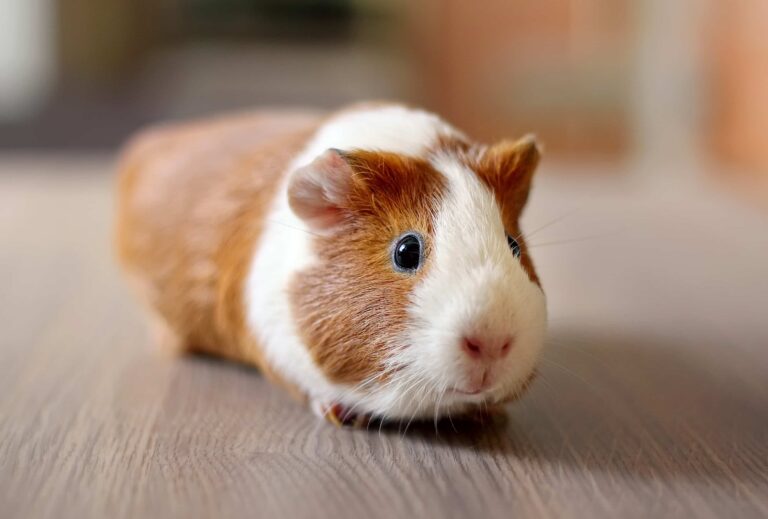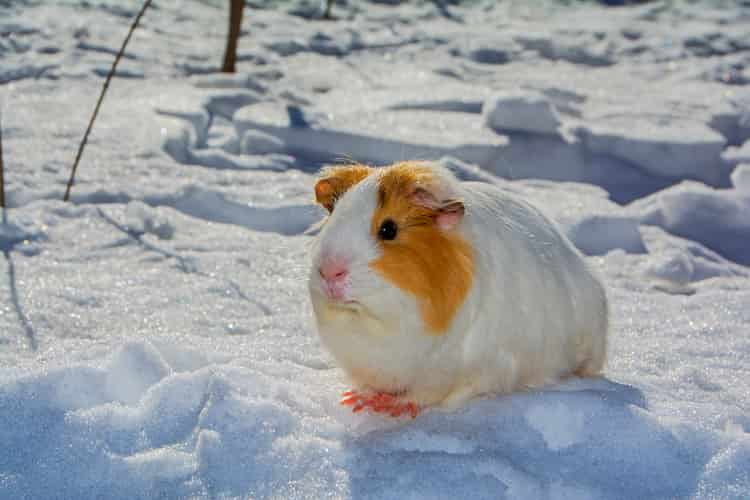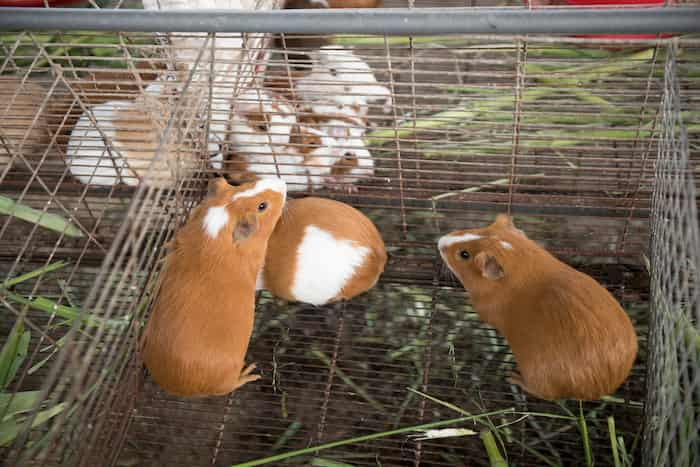Can Guinea Pigs & Hamsters Eat Tulips,Buttercup,Hibiscus?
Guinea pigs should not eat any part of the tulip, buttercup, and hibiscus plants. These plants are known to be very toxic and are not at all suitable for their consumption. If your little friend has eaten the flowers of these plants, it’s best to visit the vet ASAP.
Let’s take a deeper look at this topic.
Why Can’t Guinea Pigs and Hamsters Eat Tulip, Buttercup, Hibiscus: In-depth Look
Can Hamsters & Guinea pigs eat Tulip plants?
The bulbs of tulip plants are highly toxic and it is the most harmful part of the whole plant.
- Even if the presence of the alkaloid toxins will be less concentrated in the leaves and flowers, in comparison with the bulb, because of the presence of such toxins in the plant, guineapigs or hamsters should never eat or even nibble on any branch, leaf, or flower of tulip plants as that can be poisonous for them.
- Delays in their treatment after accidentally consuming any part of such plants can turn fatal.
Tulips are toxic not only for rodents but for even larger animals like cats, dogs, etc.
Can Hamsters & Guinea pigs eat Buttercup plants?
Guinea pigs and hamsters should not eat buttercups as all the parts of this plant can be highly toxic for them. These plants are known to contain a component called ranunculin, which can lead to serious intestinal problems if not treated early.
Often people buy Buttercup plants and buttercup flowers to decorate their homes. This can lead to unwanted mishaps which lead to serious headaches. So if you have any kind of pets in the house, you need to be mindful of every kind of plant you have in the house and the garden.
If the hamsters and guinea pigs end up nibbling on store-bought buttercup plants, it’s much more dangerous for them, as those plants might have been exposed to chemical pesticidal treatments. So aside from the poison factor, the rodents will run the risk of getting exposed to the chemicals as well.
Can Hamsters & Guinea pigs eat Hibiscus plants?
Hibiscus belongs to the Fabaceae family and the majority of the plants present in this family are considered poisonous.
There are some species of Hibiscus that can be more poisonous than others and it is very difficult for people without sound knowledge of botany to differentiate and understand them individually.
So it’s best to avoid feeding guinea pigs and hamsters such plants, as the risk of those food items giving them upset stomach is quite high. They have a very sensitive digestive system in place so it’s best to be wary of what you feed them.
Safe and Toxic Plants and Foods for Guinea Pigs and Hamsters
| Food | Safe For Guinea Pig | Toxic For Guinea Pig |
|---|---|---|
| Lettuce | Yes | No |
| Cilantro | Yes(in moderation) | No |
| Tulips | No | Yes |
| Basil | Yes(in moderation) | No |
| kale | Yes | No |
| Hibiscus | No | Yes |
| Cucumber | Yes(in moderation) | No |
| Dairy products | No | Yes |
| Green pepper | Yes | No |
| Broccoli | Yes | No |
| Buttercup | No | Yes |
| Carrots | Yes | No(In small amounts okay) |
| Chips | No | Yes |
| Strawberries | Yes(in small amounts) | Harmful if given regularly |
| Clover hay | No | Yes |
| Kiwis | Yes | No |
| Corn | No | Yes |
| Chocolate | No | Yes |
| Rhubarb | No | Yes |
| Tea or Coffee | No | Yes |
| Onions | No | Yes |
Symptoms that can occur after eating Tulip, Buttercup, or Hibiscus plants
- Extreme laziness
- No appetite
- Diarrhea
- Enormous thirst
- Vomiting
- Breathing issues
- Erratic behaviors
- Seizures
The symptoms shown by the guinea pig or hamster after consumption of such toxic plants depend entirely on how much of the plant the animal has consumed. In case the organism already has a preexisting health condition, the symptoms can be worse.
What to do if your Guineapig or Hamster eats any parts of Tulip, Buttercup, or Hibiscus plants?
In case you have even the slightest of doubts that your guinea pig or hamster has eaten leaves, flowers, or any other parts of tulip, buttercup, or hibiscus plants, contact the vet and take them to the vet as quickly as possible.
If taken early, they can help give treatments that will prevent the poison from getting absorbed in the blood and will also help in flushing the stomach and getting rid of the poison from the system even before it starts to affect them adversely. They will then prescribe meds that will keep the stomach from any kind of further irritation.
For the next few days, the guinea pig or the hamster will need to be kept highly hydrated and if you follow all the guidelines from the vet, they will make recovery slowly and go back to their earlier cheerful stage. The key is to act as quickly as possible once you notice that they have ingested food they shouldn’t have.
Another great thing about rodents including guinea pigs and hamsters are, they nibble on any kind of vegetation they find however they often choose to not ingest them later on.
- They just keep them in their cheeks for some time and then get rid of them.
- If they did the same with these plants then you are in luck, hopefully, the side effects won’t be gruesome if you quickly get them to the vet.
- You can often find such items pouched in their nest. (Even if they just nibbled on these plants they will suffer as their esophagus and mouth lining will be severely irritated).
In case you have pets in the house, you need to be cautious about the kind of plants you have in your house and garden. Also, be wary of the tree branches or plants that grow in your neighbor “s house but have crawled onto your space, the hamsters and guinea pigs can accidentally end up nibbling on them as well.
So hereon be selective about the plants you grow, in case you have plants that can be harmful to your pets if ingested, have them located away from their reach.
Food You Should Feed Guinea Pigs Instead of These Flowers
- Grasses
- Leafy green veggies
- Fruits like
- Herbs
- Pellets
- Hay
- Commercial and homemade treats made for guineapigs
- Herbs
Conclusion
It is very important to be wary of what you are feeding your little furry friends. Their stomach is severely sensitive and if they end up ingesting food items not suited for them, it can end up being fatal for them. So you need to stick with tried and tested food items with these little piggies.

